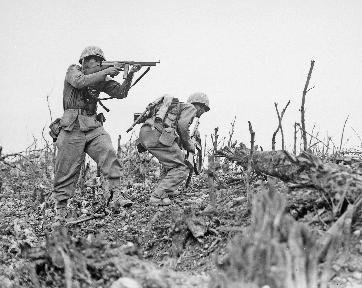Quiz Answer Key and Fun Facts
1. What does the 'D' in D-Day represent?
2. Operation Fortitude was a plan of deception. It was designed to persuade the Germans that the Allied landings would not be in Normandy, but where instead?
3. In 1943, Hitler decided to beef up coastal defences in France and appointed Field Marshal Erwin Rommel as 'Inspector of Coastal Defences' to oversee defence structures and tactics. Rommel reported to the Commander in Chief West (Oberbefehlshaber West). Who was this general?
4. Which Allied general was appointed 'Operational Commander for the Invasion Ground Forces?'
5. The manpower involved in preparing for and executing the landings was in the millions. The ensembled armada of ships and landing craft was over 6,000. Approximately how many allied troops set foot in Normandy on D-Day?
6. Meteorologists gambled that the weather could improve on June 6. Eisenhower, with transports full of soldiers, had to commit now or wait another month. He made the call on the 5th and D minus 1 was set. The allies were going in regardless of the weather. Which of these best describes the Channel weather on D-Day?
7. There were some very unusual equipment modifications for the beach landings, probably none more than the Duplex Drive Sherman III (M4A2). What was different about this Sherman?
8. Omaha Beach had more then its share of prepared defences, static obstacles and fixed gun placements. Thousands of men were trapped and slaughtered on the beach by German veterans of the 352nd division. Is it true that navy destroyers nearly beached themselves to assist, pounding fixed gun placements at point-blank range?
9. The airborne troops also had a horrid time dealing with prepared defences. Large areas behind the beachheads were flooded to drown paratroopers. Glider troops had cause to be very concerned about which defensive obstacle?
10. The Battle of Normandy cracked the Atlantic Wall and allowed the Allies to establish a western front thus splitting the Wehrmacht. The Germans now had to divert troops from the eastern front into Western Europe. What proportion of the German army was committed to the western front?
Source: Author
Bertho
This quiz was reviewed by FunTrivia editor
bloomsby before going online.
Any errors found in FunTrivia content are routinely corrected through our feedback system.

